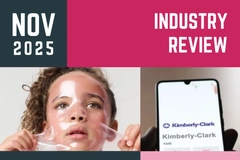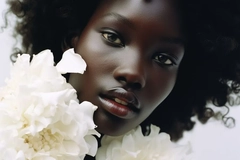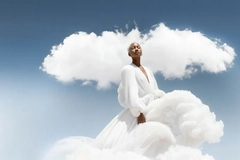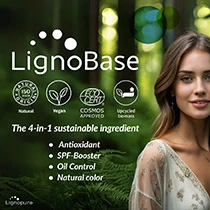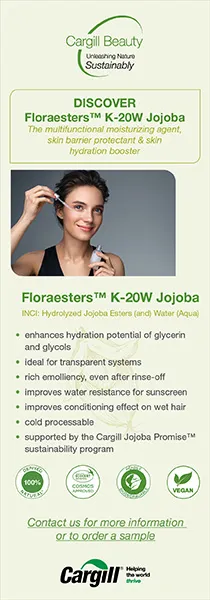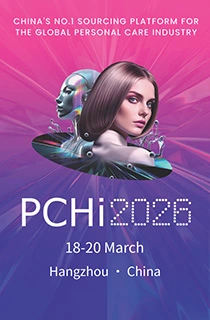L’Oréal sales growth lags but US and China show recovery
Key takeaways
- L’Oréal’s nine-month sales rose 3.4% to €32.8 billion (US$38.01 billion), but Q3 growth missed forecasts, prompting a 7% share drop.
- The US and China showed signs of stabilization, signaling early recovery in L’Oréal’s two largest markets.
- The company expects a year-end boost from holiday sales and China’s Double 11 shopping festival.
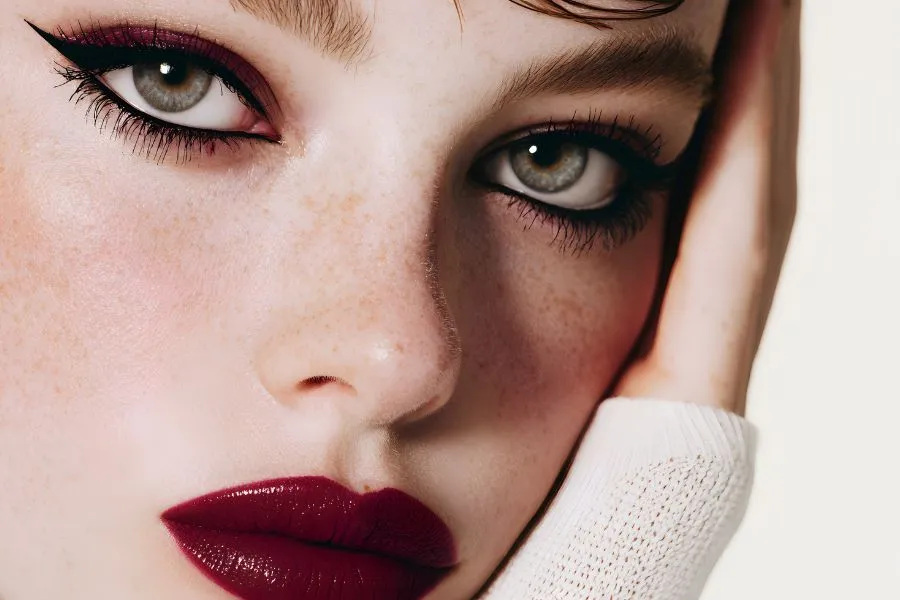
L’Oréal has posted its financial results for the first nine months of 2025, recording group sales of €32.8 billion (US$38.01 billion), up 3.4% year-over-year.
The French beauty giant’s Q3 results were below analyst expectations, with a 4.2% like-for-like growth, which missed the 4.9% forecast. Following the announcement, the company’s shares fell nearly 7%. The fall marked L’Oréal’s biggest one-day drop since February 2024, also due to disappointing financial results.
L’Oréal showed growth across its four main divisions. The Professional Products Division led with a 7.4% increase, followed by Dermatological Beauty (+3.7%), Consumer Products (+3.1%), and Luxe (+2.2%).
CEO Nicolas Hieronimus says the company’s growth continued to accelerate sequentially, and notes that a gradual recovery in the US and China helped support overall results. In particular, sales in mainland China returned to growth for the first time in two years.
“As we head into the last quarter of the year, I am confident that we will continue to outperform the global beauty market and to achieve another year of growth in sales and an increase in our profitability,” Hieronimus says.
However, Barclays Investment Bank noted that Hieronimus’ full-year tone during the post-results conference call was more cautious.
The CEO said growth would be “close enough to 4%” and expressed he had “fingers crossed” for the year-end holiday season. He also highlighted China’s Double 11 shopping festival, also known as “Singles Day,” as an opportunity for growth.
The multinational financial institution describes the company’s outlook as “murky,” questioning where exactly its market outperformance lies, according to Reuters.
Regional performance
L’Oréal’s European sales rose 3.6% to €11.1 billion (US$12.88 billion), with third-quarter growth of 4.1%. Spain, Italy, and the DACH region underpinned the growth as the countries showed solid demand for fragrances and hair care.
.webp) Sales in mainland China returned to growth for the first time in two years.Sales in North America reached €8.8 billion (US$10.21 billion), up 1.8%. Q3 growth was 1.4%, missing forecasts of about 3%, but L’Oréal says signs of recovery emerged. The company reports a strong consumer response to product launches. It adds that US consumer demand returned to both premium and mass channels.
Sales in mainland China returned to growth for the first time in two years.Sales in North America reached €8.8 billion (US$10.21 billion), up 1.8%. Q3 growth was 1.4%, missing forecasts of about 3%, but L’Oréal says signs of recovery emerged. The company reports a strong consumer response to product launches. It adds that US consumer demand returned to both premium and mass channels.
North Asia returned to growth for the first time in two years, with sales up 0.5% to €7.35 billion (US$8.53 billion). Q3 growth accelerated to 4.7%, led by a rebound in mainland China, where sales also rose.
The SAPMENA–SSA region (South Asia Pacific, Middle East, North Africa, Sub-Saharan Africa)
remained the fastest-growing. It delivered €3.07 billion (US$3.56 billion) in sales, up 11%.
Top markets include India, Vietnam, Thailand, the Gulf Cooperation Council, and Australia–New Zealand. South Africa led Sub-Saharan growth with demand for L’Oréal Paris, CeraVe, and La Roche-Posay.
Sales in Latin America climbed 8.2% to €2.49 billion (US$2.89 billion), though reported results fell 1.6% due to currency pressures. Q3 growth reached 4.4%, supported by Brazil and Mexico as standout markets.
As it enters the final quarter of 2025, L’Oréal expects continued recovery in its two largest markets: the US and mainland China.
Luxury challenges consumer products
The Professional Products Division recorded €3.78 billion (US$4.38 billion) in nine-month sales, up 7.4%. Momentum was driven by premium hair care and salon services.
Kérastase led the charge, boosted by its Gloss Absolu launch, while Matrix Super Sync and the Majirel relaunch fueled color innovation. L’Oréal closed its Color Wow acquisition in September.
.webp) L’Oréal gains fragrance brand Creed and 50-year beauty licenses for Gucci, Bottega Veneta, and Balenciaga.The Dermatological Beauty Division grew 3.7% to €5.47 billion (US$6.34 billion), with a 5.1% increase in Q3. According to the company, SkinCeuticals grew to become China’s top dermocosmetics brand. L’Oréal highlights La Roche-Posay, CeraVe, and Vichy’s Dercos as top performers.
L’Oréal gains fragrance brand Creed and 50-year beauty licenses for Gucci, Bottega Veneta, and Balenciaga.The Dermatological Beauty Division grew 3.7% to €5.47 billion (US$6.34 billion), with a 5.1% increase in Q3. According to the company, SkinCeuticals grew to become China’s top dermocosmetics brand. L’Oréal highlights La Roche-Posay, CeraVe, and Vichy’s Dercos as top performers.
The Consumer Products Division posted €12.18 billion (US$14.13 billion) in sales, up 3.1%. The company attributes its Q3 growth to stronger makeup and hair care sales and recent launches that “started to pull their weight.”
The L’Oréal Luxe Division generated €11.38 billion (US$13.20 billion) in nine-month sales, on the heels of the Consumer Products Division. The segment saw an increased 2.2% growth and benefited from a rebound in the selective beauty market in China.
L’Oréal spotlights fragrances Valentino Born in Roma, YSL Libre, Myself, and Emporio Armani as growth drivers. The recent acquisition of Medik8 also contributed to the quarter’s gains.
The company continued to expand in luxury beauty through its recently announced partnership with Kering, which includes the acquisition of The House of Creed and beauty licenses for Gucci, Bottega Veneta, and Balenciaga.
“The acquisition of Creed will make us one of the leading players in niche fragrances; and I see enormous potential for growth for the beauty and fragrance licenses of Gucci, Bottega Veneta, and Balenciaga,” Hieronimus says.

